One year on from Delhi religious riots, victims are still struggling to reclaim their lives
Victims are still grappling with police cases, mounting costs and lasting disabilities after their lives were shattered by the worst riots the Indian capital has witnessed in decades, reports Stuti Mishra from Delhi

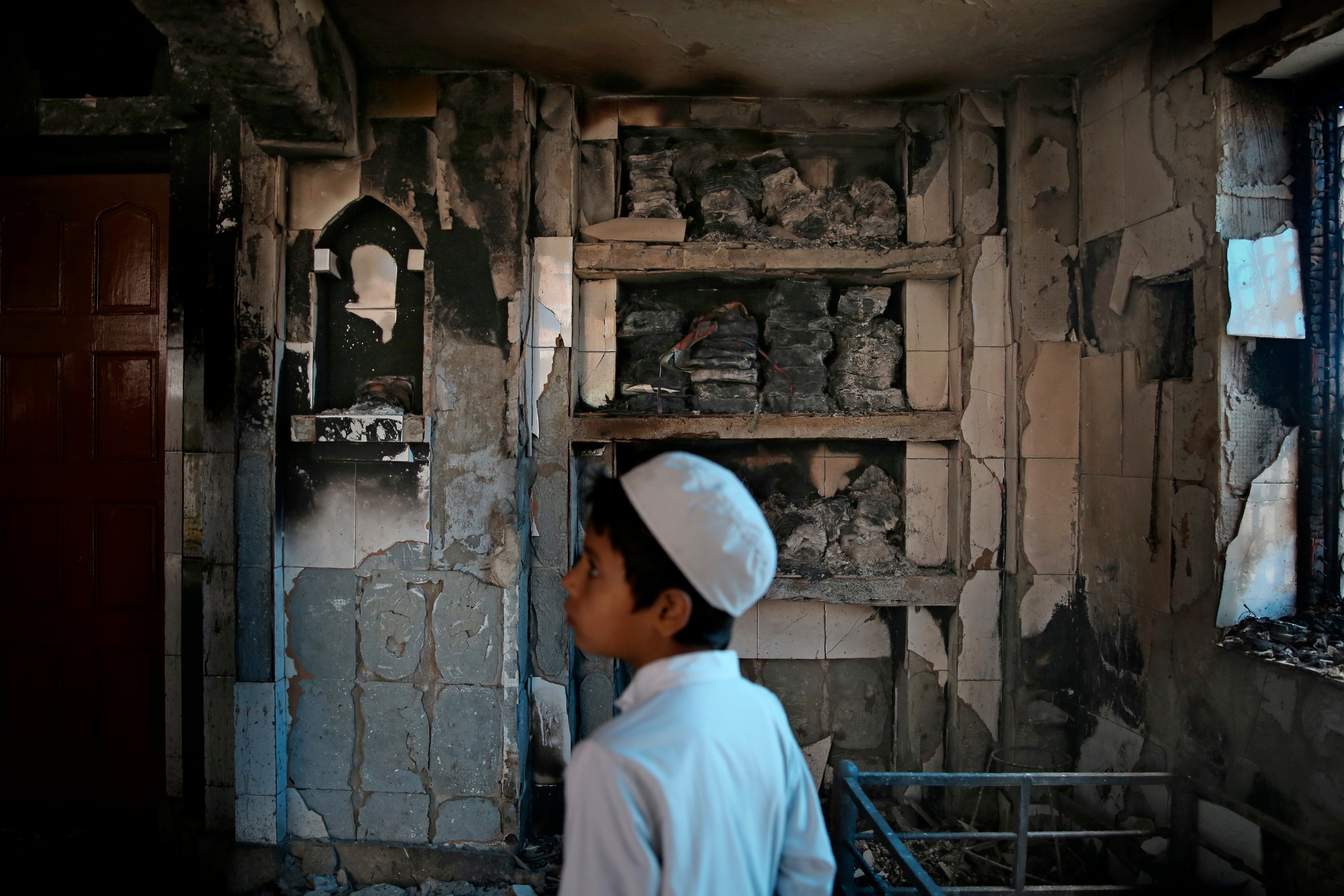
As his neighbourhood smouldered after a riotous mob rampaged through the streets setting fire to homes and chanting slogans, 16-year-old factory worker Mohammad Adnan was shot in his right thigh on the evening of 24 February, 2020, and rushed to a nearby government hospital.
Even though he had a bullet in his leg, doctors covered up the wound and discharged him. A year later, Adnan, like many other victims, is living in the shadow of fear, poverty, and with lasting injuries received during the communal riots that tore through the capital last year and killed 53 people.
“They refused to treat me and asked me to go to a different hospital,” Adnan, who has spent most of last year in and out of hospitals, tells The Independent.
Before the riots changed his life forever, he was the sole wage earner for his family of five, scraping a living with his job at a handicrafts factory in Subhash Nagar colony in the city’s north-east.
Lying on the bed in his single room home, he recounts the horror of that day 12 months ago. “Doctors have said that even if I am able to stand, I will not be able to walk without support, the leg will remain paralysed,” he says.
Last year an armed mob of hundreds of people charged through the north-eastern districts of the city, leading to widespread bloodshed. The Hindu-Muslim clashes, the worst the capital has witnessed in decades, ensued for almost five days and are said to have begun after a provocative speech by a leader of the ruling Narendra Modi-led Bharatiya Janata Party (BJP), in response to weeks of nationwide protests against a controversial new citizenship law.
Delhi police, in its investigation, blamed the sit-in protests and roadblocks organised by those protesting the Citizenship (Amendment) Act 2019, and plans in the pipeline for a controversial National Register of Citizens (NRC). The anti-CAA protesters claimed that the new law will exclude Muslim immigrants and destroy the fabric of India’s secular structure of democracy.
The official records state that out of the 53 deaths, at least two-thirds were Muslims, with over 580 injured and hundreds displaced. Local activists claim the damage is far more severe.
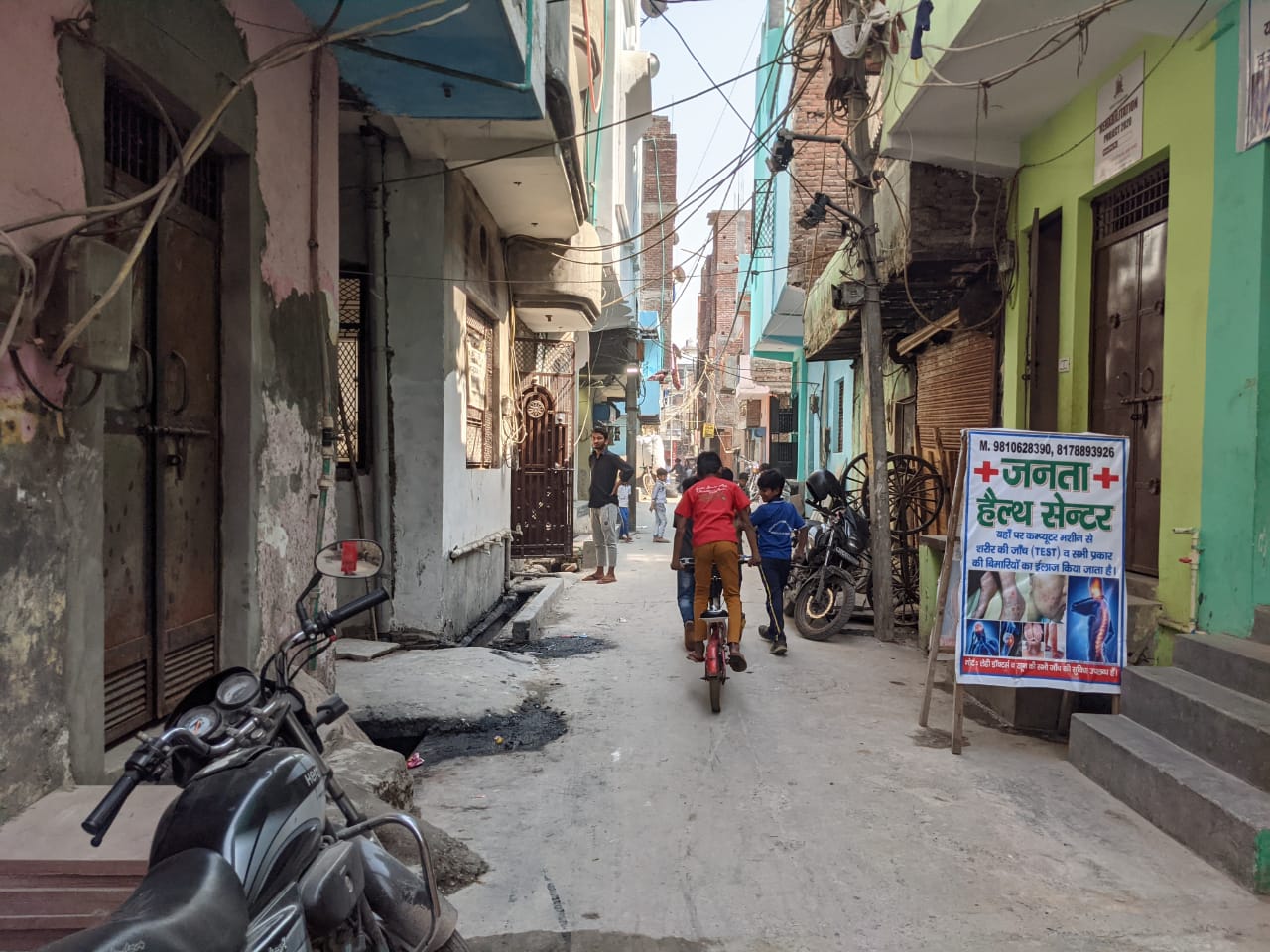
“The government hospitals were under pressure to not treat victims and show major injuries,” says Najmuddin, who used only his first name. He is one of the locals who rushed Adnan to hospital.
A few steps away from his home, another victim who declined to be named is struggling to get by. The 35-year-old was shot in the face and the bullet was lodged near his right ear.
“While I was travelling to my mother-in-law’s place, the rioters arrived... and started abusing me,” he says. “I have a beard and skull cap, they started chanting slogans and told me ‘we will get you freedom’ [a reference to a slogan during the anti-CAA protests].
“When I told the doctor I was shot, he said ‘you were attacked with a stone’. The CT scan proved there was a bullet in my head.”
Soon after he filed a police report identifying the rioters, his brother was booked on allegation of being a part of the riots, which he claims is a case filed to silence them.
Activists have said police are disproportionately targeting Muslims and anti-CAA activists in their response to the rioting, a charge strongly denied by Delhi police spokesperson Chinmoy Biswal.
In a statement to The Independent, Biswal says that from the 755 cases registered, 1,852 accused people have been arrested so far, which “included 869 rioters from the Hindu community and 956 from the Muslim community”.
“The numbers speak for themselves – it has been absolutely fair and impartial investigation relying upon credible, material and scientific evidence,” he said.
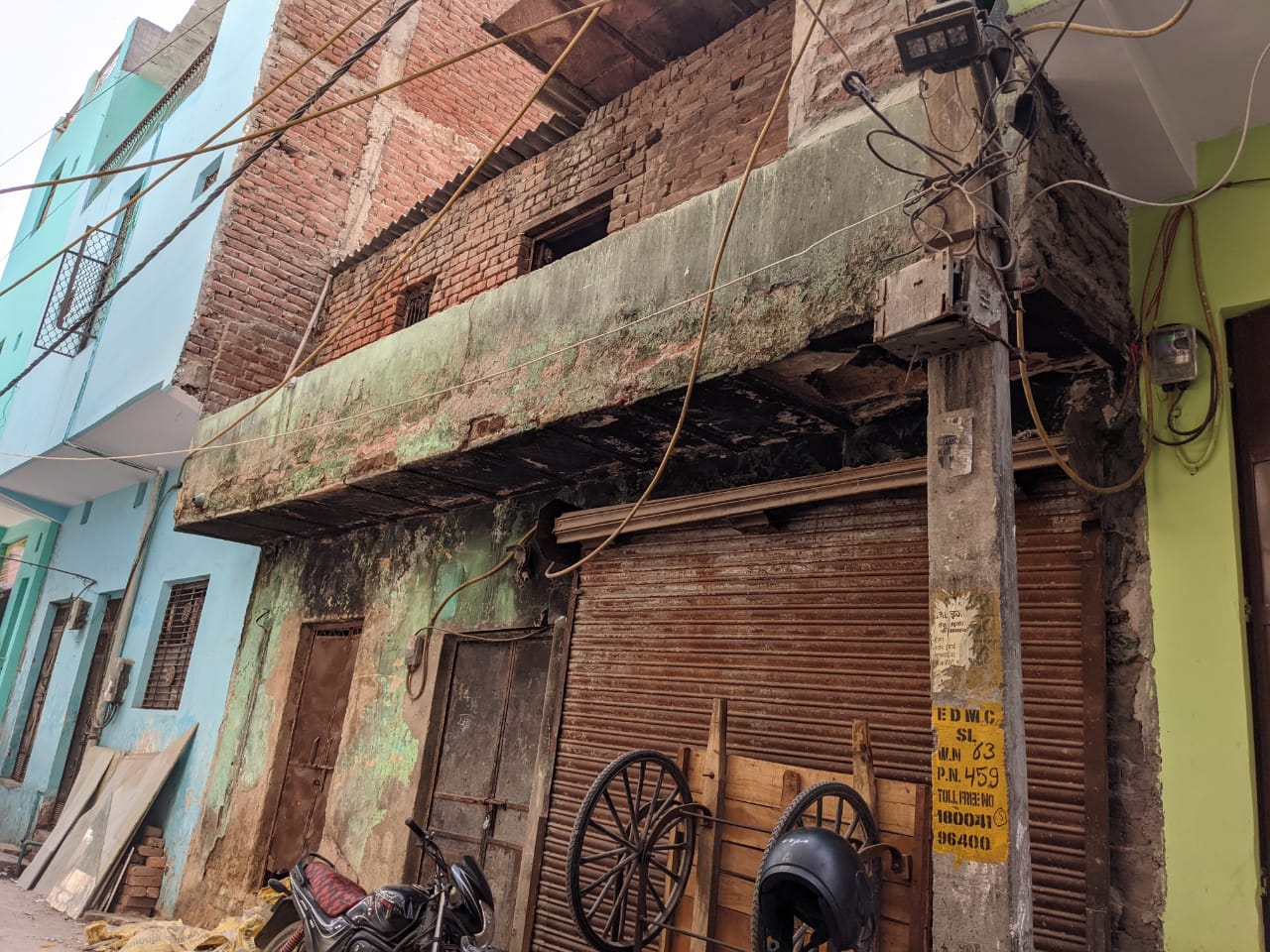
Akram Khan, who lost his right hand and a finger on his left hand during the violence in the Mustafabad neighbourhood, says he struggled to get his FIR (an initial police report in India that requires investigation) to be registered.
A tailor by profession, Khan alleges that he was pressured to file a complaint against anonymous people, instead of those he recognised. “I was leaving from Bhajanpura when the rioters attacked and beat me up,” he says. “I recognised them and filed a complaint against them, but no action has been taken on them till now, the police were calling it an accident.”
Khan says he was awarded Rs 500,000 (£4,884) compensation by the Delhi government, an amount that is insufficient to sustain him and his family given he will never be able to work as a tailor again.
Gunjan Sachdeva, a Hindu shop owner, says he fled the area when the rioting began. “When I returned after the violence I saw my whole shop was burnt,” he says. He was also awarded the same Rs 500,000 compensation, he says, despite losing goods worth at least four times that amount.
Nagma, 21, who stays with her mother and two siblings in the Khajoori Khas area where hundreds of houses were set ablaze, lost all her belongings during the violence. “We were left with nothing, everything was burnt,” she says.
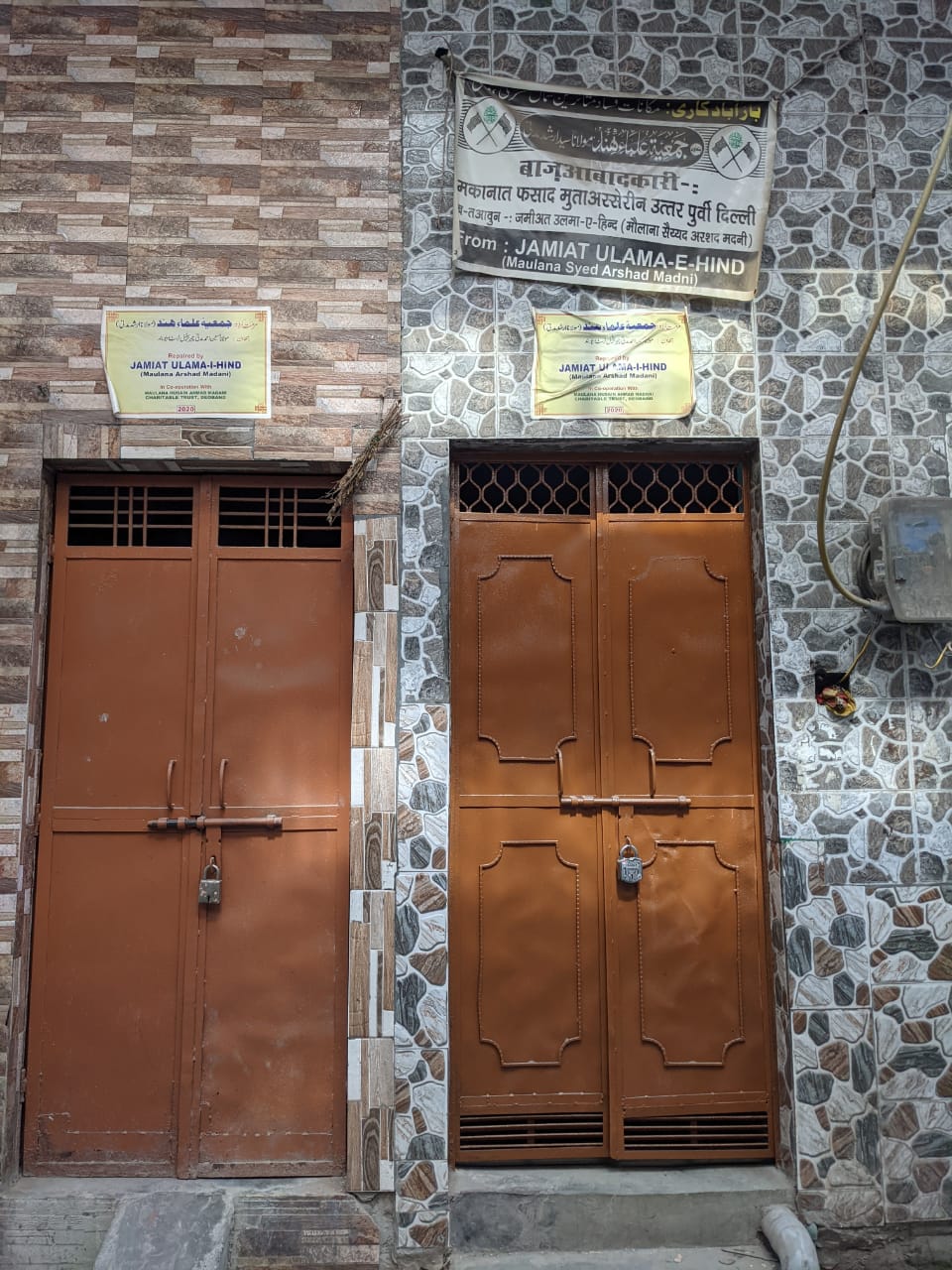
Houses on the street still have posters of the NGOs that helped in the rebuilding process. Many residents were forced to take refuge for long periods in tents, enduring most of the pandemic in densely crowded conditions.
Most of the residents have now returned to newly built houses, but their lives will never be the same. And while some say the riots have not impacted their relations with their neighbours – “We still trust them,” Sachdeva says – many still live with the fear of violence disrupting the fragile peace again.

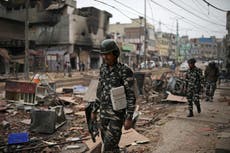

Join our commenting forum
Join thought-provoking conversations, follow other Independent readers and see their replies
Comments